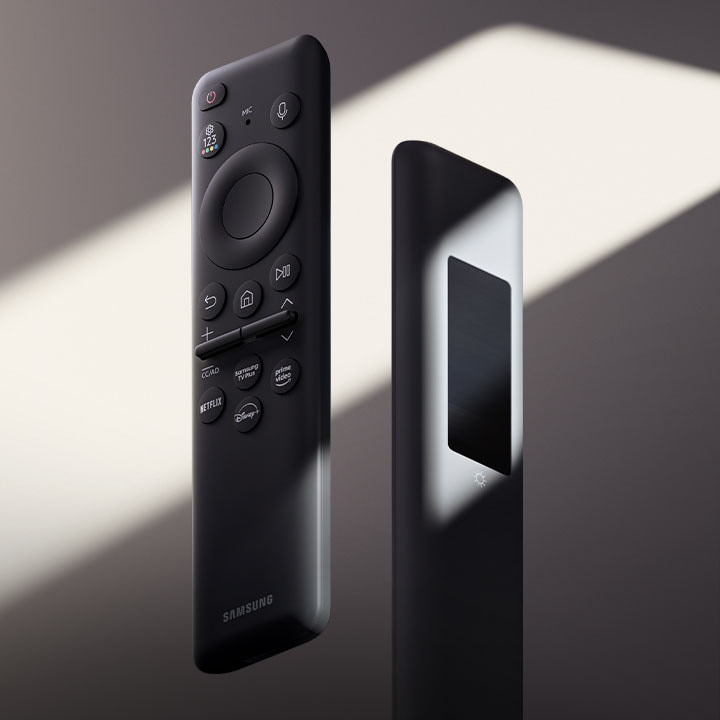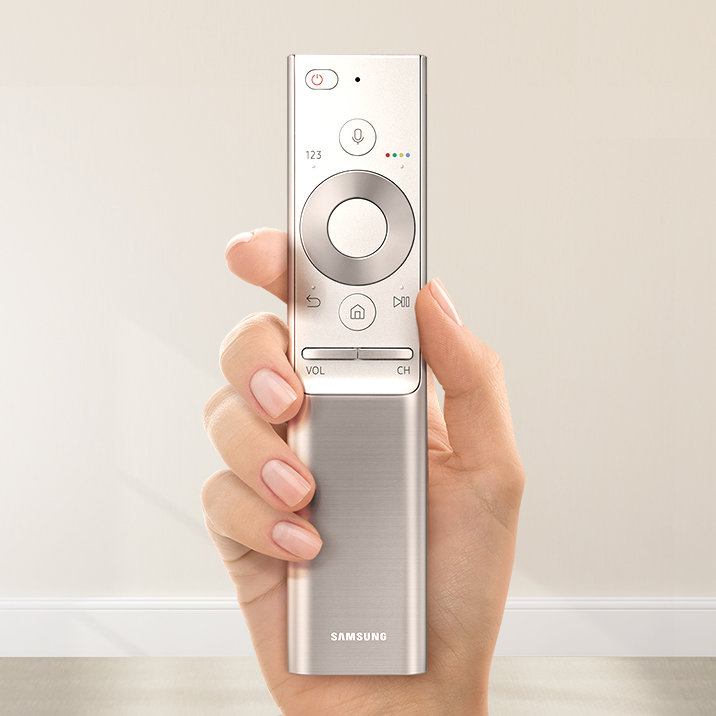If you own a Samsung Smart TV, you likely appreciate the convenience of the Smart Remote. This remote control not only allows you to change channels and adjust the volume, but also gives you access to streaming services and smart home controls. However, like any technology, issues can arise. Your Samsung Smart Remote may stop working for various reasons. In this article, we will explore common problems, troubleshooting steps, and solutions.

Understanding the Basics of Your Smart Remote
What is a Samsung Smart Remote?
The Samsung Smart Remote is designed to offer maximum control over your Samsung Smart TV. It often features a minimalist design with smart controls, voice activation, and even a touchpad. Many users find it easy to access their favorite content using just a few buttons. However, the convenience can turn into frustration when the remote stops functioning.
Features of the Samsung Smart Remote
The Smart Remote has several key features. First, it controls your TV functions like volume, channel change, and input selection. Second, it facilitates easy access to streaming apps. Third, it incorporates voice control, letting you search for shows and movies using just your voice. Lastly, it often has additional controls for smart home devices. Despite these functions, it can be disappointing when your Smart Remote fails to operate properly.
Common Issues with Samsung Smart Remotes
Battery Problems
One of the most common reasons a Samsung Smart Remote may stop working is battery-related issues. The remote usually requires AAA batteries. If the batteries die or if they are improperly installed, your remote will not work. Regularly checking and replacing the batteries can prevent this problem.
Signal Interference
Another common issue arises from signal interference. Your Samsung Smart Remote communicates with the TV via infrared (IR) or Bluetooth. If there are obstacles, such as furniture or other electronic devices, the signal might weaken. Additionally, fluorescent lights and other IR devices can interfere.
Software Glitches
Sometimes, the problem is not with the remote itself but with the TV software. Software glitches can cause the TV to not recognize the remote. A simple restart of the TV can often resolve these issues. If the problem persists, refreshing the software may be necessary.
Initial Troubleshooting Steps
Check the Batteries
If your Samsung Smart Remote is unresponsive, the first step is to check the batteries. Remove the back cover and take out the batteries. Inspect them for any corrosion or leaks. Replace them with new batteries, ensuring they are inserted correctly. Once you replace the batteries, try using the remote again.
Clear Path for Signal
Next, clear any obstacles between your remote and the TV. Make sure no furniture or objects block the signal. If the remote uses infrared, check for any bright lights in the room as they may also interfere. Try pointing the remote directly at the TV from a short distance to see if it works.
Restart Your TV
If checking the batteries and clearing the path does not work, it’s time to restart your TV. Unplug the TV from the wall, wait for about 30 seconds, and then plug it back in. Turn the TV on and see if the remote starts functioning.
Advanced Troubleshooting Techniques
Resetting the Remote
If the remote remains unresponsive, you might consider resetting it. To reset a Samsung Smart Remote, press and hold the ‘Return’ and ‘Play/Pause’ buttons simultaneously for about 5 seconds. This action should reset the remote and pair it back to the TV.
Re-Pairing the Remote
Sometimes re-pairing the remote can resolve connectivity issues. To re-pair, first, make sure your TV is on. Then, press and hold the ‘Return’ and ‘Home’ buttons on the remote until you see a message on the screen. Follow the on-screen instructions to complete the pairing process.
Software Update
In some cases, a software update for the TV can fix remote issues. Go to the settings menu on your TV, navigate to ‘Support,’ and check for software updates. If an update is available, follow the prompts to install it. After updating, test your remote again.
When to Contact Customer Support
Persistent Issues
If you have gone through all the troubleshooting steps and the remote still does not work, it may be time to consider contacting Samsung customer support. Persistent issues could indicate a hardware problem or a more complex software issue that may require professional assistance.
Warranty Considerations
Before contacting support, check your warranty status. If your remote is still under warranty, Samsung may offer a replacement at no cost. Keep your purchase receipt and any relevant information handy when you make the call.
Conclusion
Your Samsung Smart Remote should enhance your TV experience. However, problems can occur. Common issues include battery problems, signal interference, and software glitches. Simple troubleshooting steps can often resolve these issues. Always start by checking the batteries and the surrounding environment. If problems persist, advanced techniques like resetting or re-pairing the remote may help.
In cases where you cannot resolve the issue, do not hesitate to contact customer support. Samsung provides professional assistance to help get you back on track. Remember, technology is not flawless, but with the right approach, you can often solve the problem quickly.
Maintaining Your Samsung Smart Remote
Regular Maintenance Tips
To ensure your Samsung Smart Remote functions well over time, regular maintenance is key. Start by keeping it clean. Dust and dirt can accumulate in the crevices, affecting its performance. Use a soft, dry cloth to wipe it down. Avoid using harsh chemicals, as they can damage the surface.
Battery Management
Next, practice good battery management. Always keep extra batteries on hand. If you notice your remote’s range diminishing or the buttons becoming unresponsive, it might be time for a battery change. Consider using rechargeable batteries. They are more eco-friendly and can save you money in the long run.
Optimal Placement of Devices
Ensure that your TV and remote have an optimal placement. Avoid putting your TV in a position where it can easily be blocked by other objects. Keep it elevated if possible and ensure there is a clear line of sight for the remote.
The Environment Matters
Reducing Interference at Home
Consider the environment where you use your Samsung Smart Remote. Electronic devices, such as routers and wireless speakers, can affect connectivity. Place your TV away from other devices that may cause interference. Moreover, consider switching to LED lighting if you notice problems with fluorescent lights nearby.
Smart Home Integration
If you have smart home devices, ensure they do not interfere with your remote. Some smart devices can emit signals that confuse the remote. In such cases, testing the remote in isolation from these devices might provide clarity on the issue.
Conclusion
Your Samsung Smart Remote enhances your viewing experience when it works correctly. Keeping it functioning well requires attention. Basic care like cleaning and proper battery management can go a long way.
If issues do crop up, simple checks and troubleshooting can resolve most problems. If the remote still fails to work, don’t hesitate to reach out to Samsung’s customer support. They can provide specific guidance based on your needs. With regular maintenance, you can expect to enjoy seamless entertainment for years to come.
Frequently Asked Questions
What should I do if my Samsung Smart TV won’t recognize the remote?
If your Samsung Smart TV fails to recognize your remote, first replace the batteries. Next, try re-pairing the remote by following the standard reset steps. If these actions don’t work, consult the TV’s settings for software updates.
Can I use a different remote for my Samsung Smart TV?
Yes, you can use other universal remotes. However, some features may not be available depending on compatibility. Check compatibility before purchasing any third-party remotes.
How do I know if my Samsung Smart Remote is broken?
If your remote does not respond after troubleshooting efforts like changing batteries and re-pairing, it might be faulty. Consider consulting customer support or seeking professional help.


